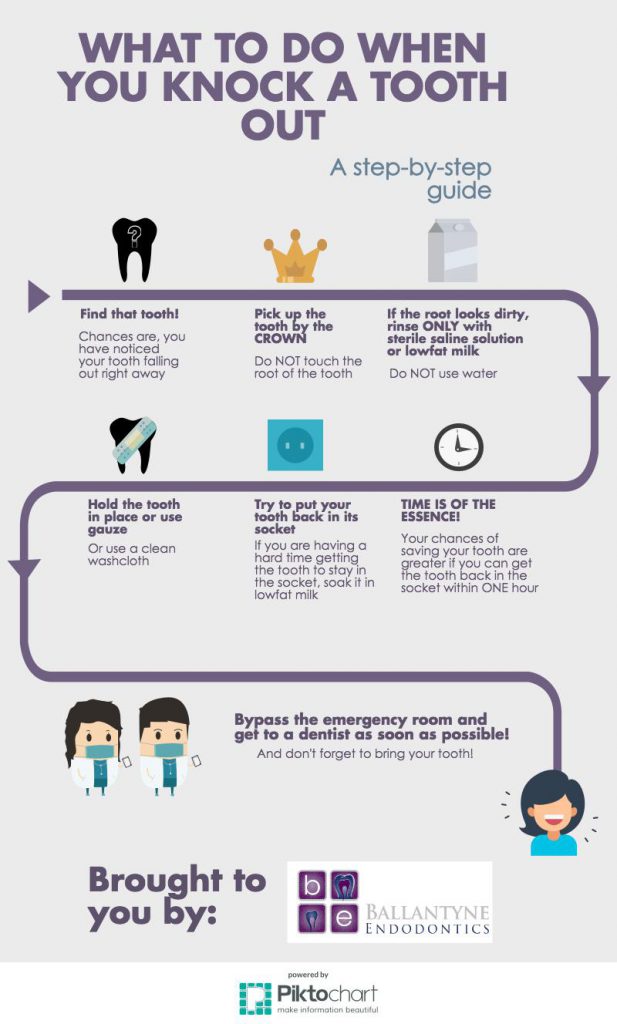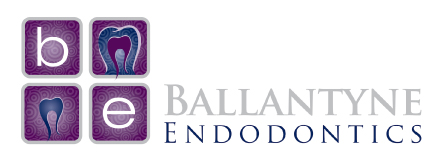Tooth Injury Symptoms: What You Need to Know
Tooth injuries are not always as obvious as a missing or dislodged tooth. Injury may occur in portions of the tooth that you cannot see. To avoid losing your tooth permanently, or if you are worried from your Cracked or Chipped Tooth, know the most common tooth injury symptoms, and what to do when they occur.
Tooth Injury Symptoms of the Most Common Forms of Trauma
Tooth injuries include fractured teeth, dislodged ones, or even knocked-out teeth. These traumatic injuries can impact the root, requiring dental procedures to save the tooth. If you experience any tooth injury symptoms, schedule a visit with your dentist. Depending on the type of injury, you may need a referral to an endodontist to address deeper harm to the tooth’s root.
Fractured or Chipped Tooth
Tooth fractures may only cause a minor chip in the enamel of the tooth. This form of tooth injury typically is only cosmetic and does not require immediate care. However, because sometimes a chipped tooth can produce unseen issues, always consult with a dentist as soon as you notice a chip.
A tooth fracture or crack may expose the pulp, causing pain and sensitivity. Depending on the severity, you may need additional therapy outside of just a cosmetic solution.
Luxated (Dislodged) Tooth
A luxated tooth could either happen when your tooth pulls out of its socket slightly, pushes further in, or moves sideways. This type of injury often requires root canal therapy in adults to repair the impacted root. Children, however, often heal without this type of treatment because their developing teeth have cells that heal the pulp. Regardless of your age, the dentist or endodontist will likely require follow-up visits to ensure proper healing of the tooth.
Root Fracture
A root fracture does not always cause visible changes to the tooth immediately. This type of fracture occurs vertically or horizontally and involves the tooth’s root. The fracture location and extent will determine the treatment you get and the likelihood of saving the tooth.
Avulsed (Knocked-Out) Tooth
Knocking out a tooth is a common form of injury, affecting up to five million teeth in adults and children annually. This injury is a first-aid emergency. You only have a short time to collect the tooth, preserve it, and get treatment before the chances of restoring the tooth diminish.
What to Do About a Fractured Tooth or Root
If you have a minor chip, you may not notice the injury unless the chip creates a rough spot on your tooth. A dentist can restore the tooth by placing a filling to match your tooth’s color over the missing portion. More severe chips or fractures may require endodontic treatment due to the involvement of the root.
If you have a tooth or root fracture that goes deep into your root, you may experience tooth injury symptoms such as pain when chewing, biting, or consuming hot or cold foods. If you have severe pain, keep the surface of the tooth moist by covering it with clean, moist gauze and biting down. Get prompt dental care to prevent further issues with the tooth and long-term pain. Over time, untreated fractures may continue to worsen, extending from the tip of the tooth to below the gumline or to completely split the tooth. Once a fracture gets below the gum line, an endodontist may not be able to save the tooth.
An endodontist or dentist will take x-rays to evaluate the extent of the tooth injury. If you have a loose tooth from the fracture, you may need to wear a splint to hold your tooth in place. This type of injury often requires root canal therapy and a crown to remove infected or inflamed pulp. Talk to your dentist or endodontist about any follow-up visits they require.
What You Should Do for a Dislodged Tooth
A dislodged or luxated tooth moves out of place. Often, tooth injury symptoms for this problem are visible. You will notice that your tooth looks out of place. When this happens, schedule a visit as soon as possible with your dentist or endodontist.
First, the dentist will stabilize your tooth by repositioning into place and using a splint to hold it. After a few days, for a dislodged tooth that impacted the root, you may need to return for root canal treatment with medication applied inside the tooth. Once your tooth heals, the endodontist will remove the medicated filling and replace it with a root canal filling.
Whether you need root canal treatment depends on if your tooth’s pulp gets infected from the dislodged tooth. Only a dental professional can determine this, so get care as soon as possible to avoid losing the tooth.
What to Do If You Knock Out a Tooth
When you knock out a tooth, especially one of those in the front, you need to take immediate action to avoid losing the chance to have the tooth replaced. Treat a knocked-out (avulsed) tooth as an emergency that requires a prompt response from you and treatment from a dental professional.
First, find the tooth. However, when you pick it up from wherever it fell, do not touch the root. Instead, grasp it gently by the crown. Ideally, you do not want the root to get dirty.
If you notice dirt on the root, though, never wash the tooth with plain water. Instead, rinse off only the root using either low-fat milk or a sterile saline solution.
Once cleaned off, handle the tooth with either a clean washcloth or a piece of gauze to avoid contaminating it again.
With the tooth’s crown held in the clean materials, press the root into the socket. If it still does not stay in place, keep the tooth in a container of low-fat milk on the way to the dentist.
You will only have an hour to do the previous steps and get to a dentist or endodontist for the greatest chances of saving your knocked-out tooth. The endodontist will evaluate your tooth and surrounding areas.
Usually, the endodontist or dentist will put the tooth back into its socket and use a splint to hold it in place and keep it stable. After wearing the splint for up to two weeks, you will need root canal therapy. Losing a tooth breaks off the connecting blood vessels serving the tooth. To save the tooth, an endodontist will remove the infected pulp and replace it with a filling.

Prevent Tooth Injuries
Injuries to your teeth may occur from long-term stress from teeth grinding or from a single event. To prevent grinding injuries, talk to your dentist about a mouth guard to wear over your teeth at night. These devices cover your tooth surfaces and protect them from pressure and abrasion caused by nightly teeth grinding, also known as bruxism.
If you play sports, always wear a mouthguard and face mask. The mouthguards worn for sports differ from those used for bruxism. Sports guards prevent lost teeth as long as players consistently use them. The reduction of mouth and face injuries from 50% of football traumas before 1963 to almost none shows the effectiveness of mouthguards and face masks in protecting the teeth and face. As with bruxism mouthguards, you can get a custom-designed sports mouthguard from your dentist.
Next Steps: What to Do If You Experience Tooth Injury Symptoms
Tooth injuries can cause minor to severe issues to your smile. If you experience any symptoms of tooth injuries, contact a dentist at once. For emergencies, such as a lost tooth, follow the above instructions and bring yourself and the tooth to your dentist to get it back into place. In a dental emergency, call the office while you are on the way to find out if you can get care or need to visit a nearby emergency dental center. If you live in Charlotte and need emergency tooth restoration or care for an injury to a tooth, contact Ballantyne Endodontics or request a referral from your regular dentist.
